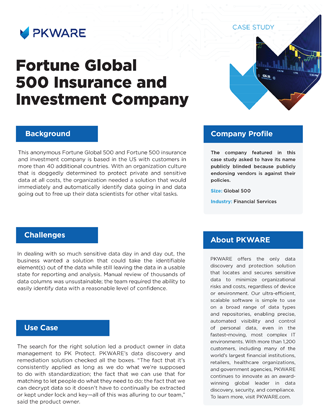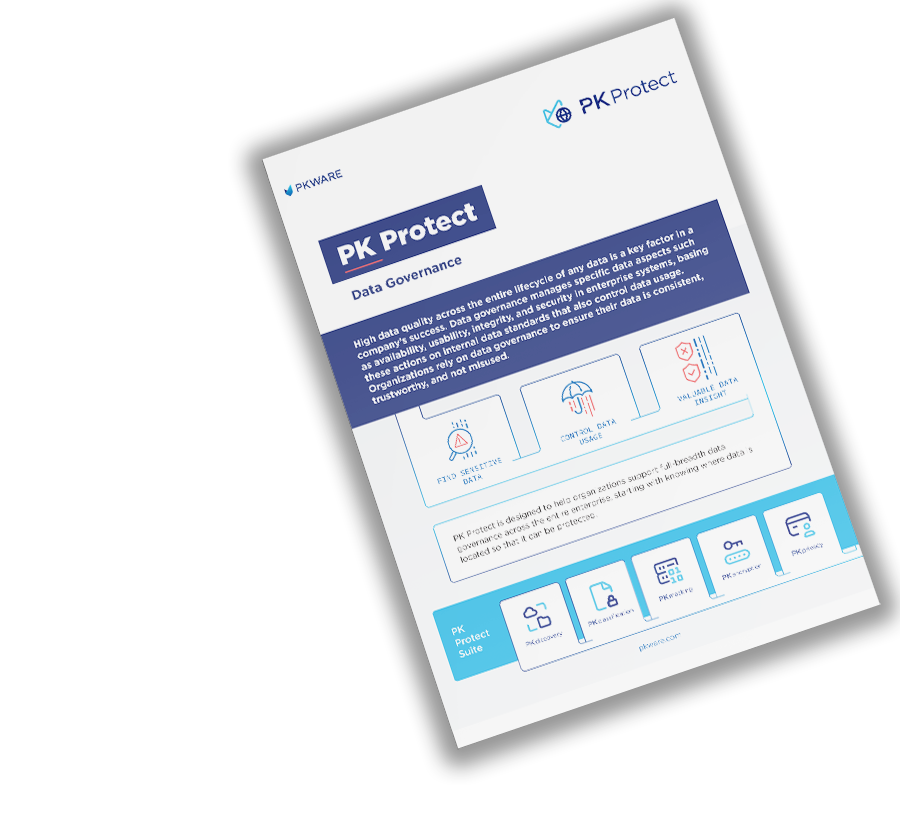Data Governance Solutions
Set Internal Policies That Govern Your Data’s Location And Usage
Building Reliable Data Governance
Part of a company’s success involves ensuring high data quality across the entire data lifecycle, including data controls that support business objectives: where data originated, where it’s going, and who is using it. Data governance is essential to creating consistent and proper data handling and understanding where specific data exists within the organization. That process starts with discovery.







